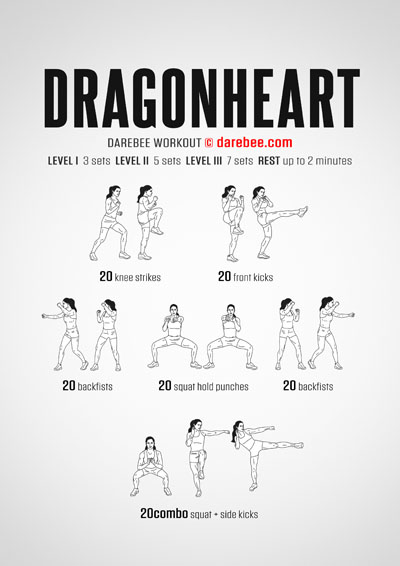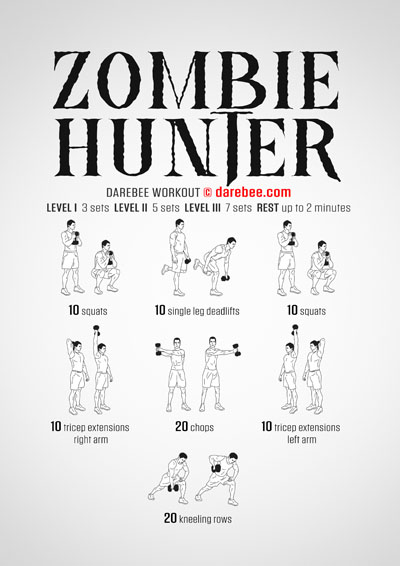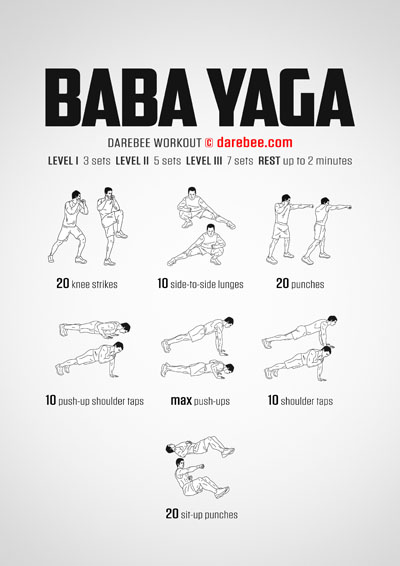The brain is the body’s most complex organ.[1] It interprets sensations, regulates emotions, controls movement and modulates behavior. It is therefore key in exercise in almost every way you can imagine: from a biomechanical point of view where signals are sent by the brain so the body can move, from a neuronal point of view where the brain has to have specific wiring in place to adequately control the body as it moves through three-dimensional space and from a neurochemical point of view where neurotransmitters have to be produced in sufficient quantities to motivate us to do something and leave us feeling good afterwards.
The brain has a hand in all this. But it also plays a role in how the body responds to exercise to the point that we can, to some extent, think ourselves fit. We can even think ourselves stronger. A recent study[2] showed that sprinters running a short distance achieved a massive three percent speed increase simply by focusing on three specific visualization words that helped them take their attention away from how they felt and place it on their environment, as they ran.
What that shows is that when we pay attention to something with our brain it becomes priority one for the body and when it becomes priority one, the brain then dials down signals from other parts of the body and amplifies the ones involved in this new priority. If we manage then to make it a priority to, let’s say, run faster (like the people in the study) the body will deliver what we need making us more powerful without extra exercise.
The video below explains a little of why this happens and also mentions the study, again.
Why Role Playing Boosts Your Fitness
All of which brings us to RPG or role-playing games in fitness. DAREBEE pioneered many of the concepts around this area. We first broke new ground with themed workouts (some of which we recommend below) and we reached new levels of immersion with themed fitness programs that allow you to take a break from being yourself and enter a different world where you workout as a character. From Zero Hero (a basic fitness program designed to build a good fitness foundation) to the more morally ambitious Hero’s Journey and Carbon and Dust where every choice you make has consequences to the epitome of an immersive fitness training program that is Age Of Pandora where there is a strong moral aspect to it that makes you question your own sense of right and wrong.
These are all fitness training programs. They give you exercises to do and help you get stronger and fitter. But they also do a couple of other things: they engage your brain and imagination, taking attention away from the effort of the exercise you’re performing because that exercise, within the program, means something other than just exercise. And they also help your brain decompress from the stress of daily life, a thing which in itself helps your fitness improve by reducing stress-caused inflammation in the body.
Immersive Environments Boost The Effects Of Exercise
A study[3] that tested the effects of a low-immersive environment versus a high-immersive environment on reaction time, postural stability and motor time (the length of time individual muscle fibers take to activate) found that high-immersive environments delivered superior results to low-immersive environments on all these fronts.
What this means is that exercise that engages us fully in body, mind and emotions delivers faster effects with less effort than just performing something on autopilot. Intuitively that makes sense. Exercise that engages us in every plane, cognitive, emotional and physical creates greater stimulus in our body which then allocates more resources and they result in faster adaptations.
The complex interaction that takes place between brain and body when they’re both engaged becomes even more evident thanks to a study[4] that looked at the benefits of a 10-minute game of dodgeball played by adolescents in a physical environment (i.e. the real world) versus the benefits of a 10-minute game of dodgeball played in a virtual environment (i.e. virtual reality) and found them to be at a neurochemical level and hormonal level, indistinguishable from each other.
Summary
Every form of exercise activates the brain as well as the body but when the brain and the imagination are fully engaged the body performs better and the effects of exercise on both the body and the brain are amplified.
Suggested Workouts
Suggested Programs
Research
- 1. Maldonado KA, Alsayouri K. Physiology, Brain. [Updated 2023 Mar 17]. In: StatPearls [Internet]. Treasure Island (FL): StatPearls Publishing; 2024 Jan.
- 2. Jason Moran, Matt Allen, Joshua Butson, Urs Granacher, Raouf Hammami, Filipe Manuel Clemente, Megan Klabunde & Gavin Sandercock (2023) How effective are external cues and analogies in enhancing sprint and jump performance in academy soccer players?, Journal of Sports Sciences, 41:22, 2054-2061, DOI: 10.1080/02640414.2024.2309814
- 3. Ciążyńska J, Maciaszek J. Effects of Low-Immersive vs. High-Immersive Exercise Environment on Postural Stability and Reaction and Motor Time of Healthy Young Adults. Journal of Clinical Medicine. 2023; 12(1):389.
- 4. Shaw Alexa J., Lubetzky Anat V. A Short Bout of Exercise With and Without an Immersive Virtual Reality Game Can Reduce Stress and Anxiety in Adolescents: A Pilot Randomized Controlled Trial. Frontiers in Virtual Reality, Vol1, 2021.DOI: 10.3389/frvir.2020.598506. ISSN: 2673-4192.



















